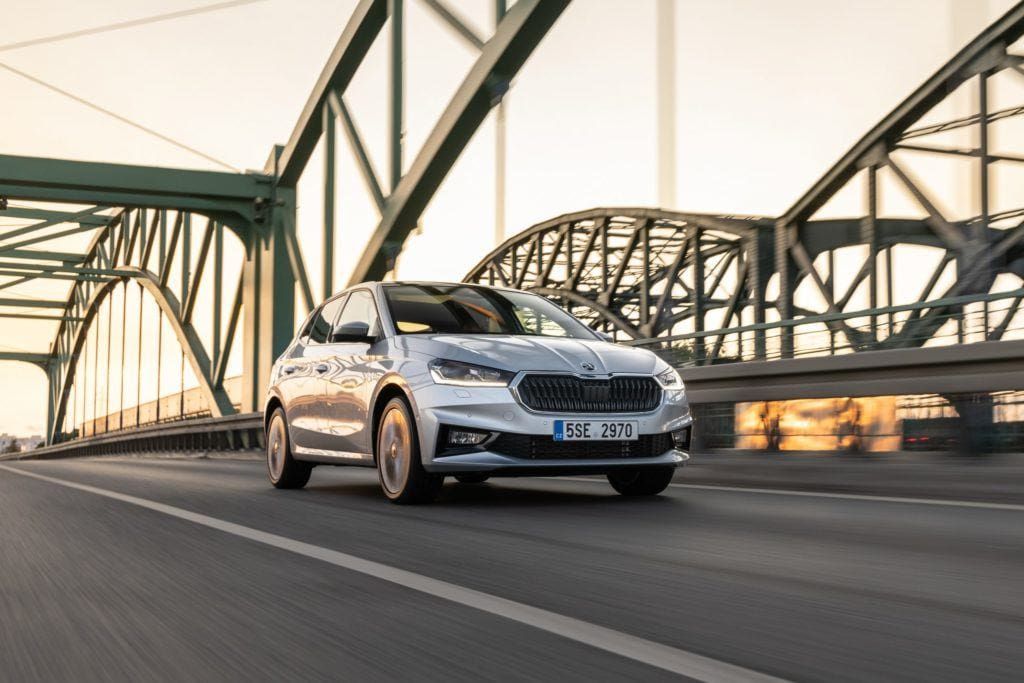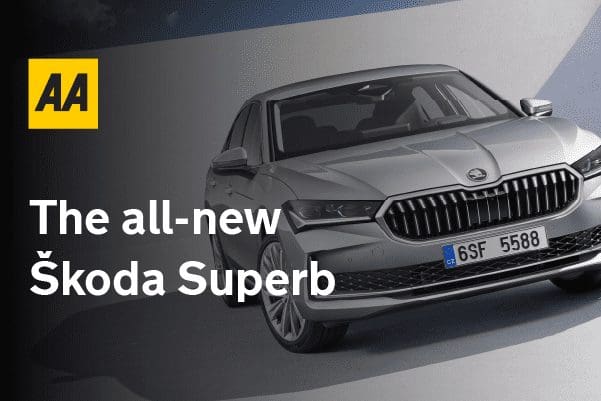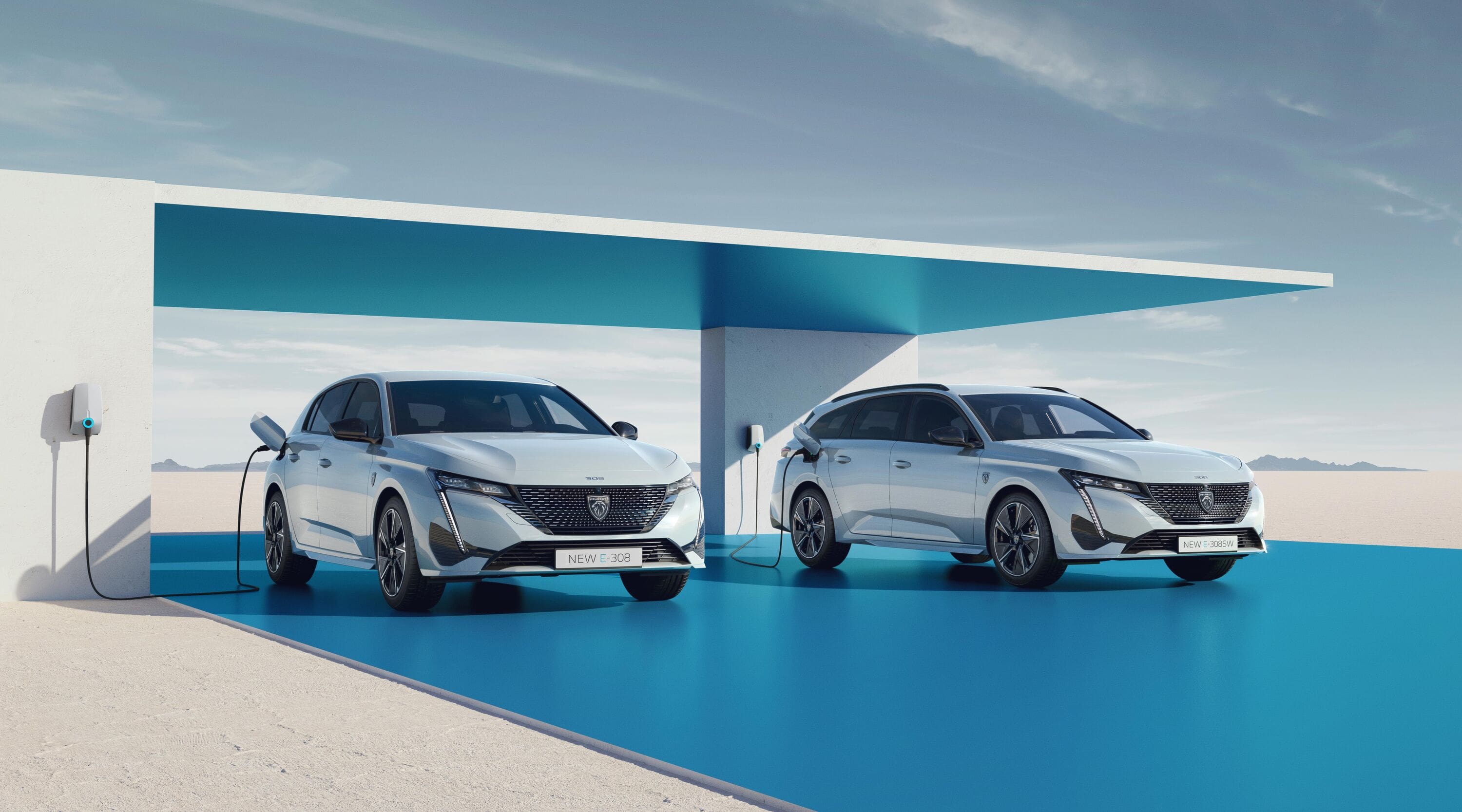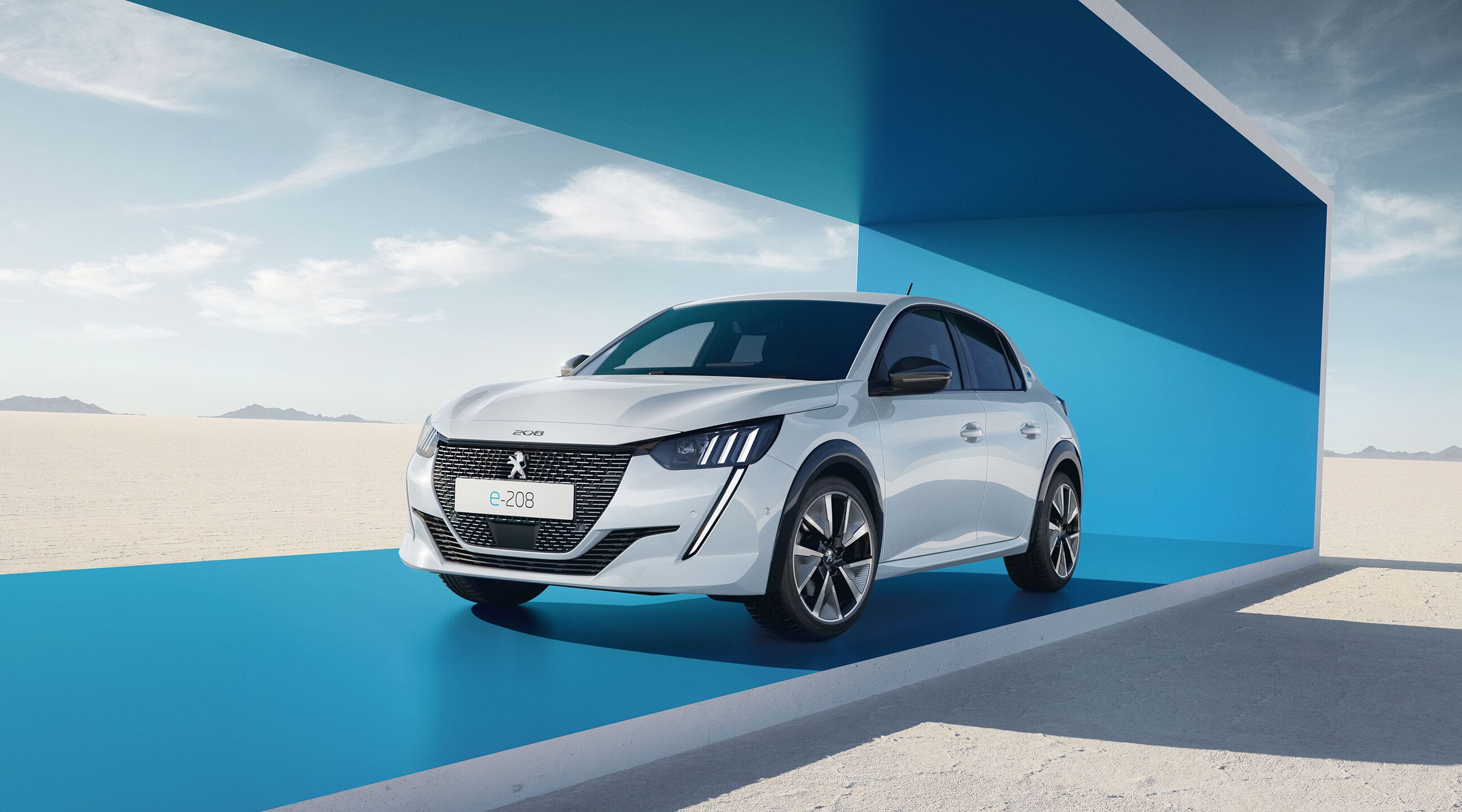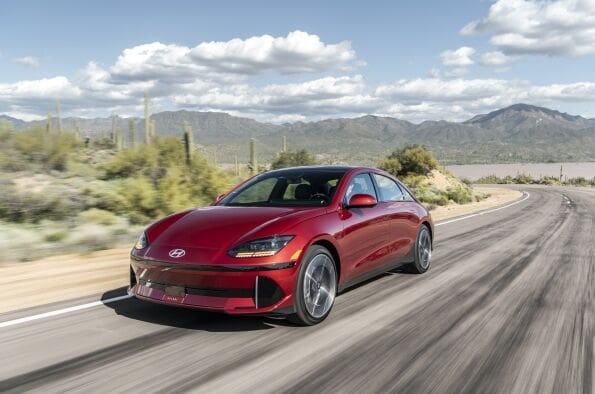Price as tested: TBC
GOOD STUFF
Impressively roomy, attractive design
BAD STUFF
No electrified powertrains, potential to be expensive
WHAT IS IT?
This is the all-new fourth-generation Skoda Fabia that will go on sale in Ireland in 2022. It occupies the supermini segment that includes popular names like the Toyota Yaris, Opel Corsa and Renault Clio. However, unlike those, there aren’t any electrified engine options for the Fabia. Instead, it gets an all-petrol offering with a range of engines sized between 1.0- and 1.5-litre with manual and automatic gearbox options.
The five-door hatch is larger than its predecessor, so it delivers more interior space and a bigger boot than before. Safety will also be a talking point for the Fabia as it is available with improved assistance systems and more technology.
HOW ABOUT THE LOOKS?
Among the most obvious differences to the look of the new Skoda Fabia is that increase in size. It’s noticeably larger than the car it replaces, stretching beyond four metres in length for the first time. It is also a little wider and, thanks to the stretch in the wheelbase (the distance between the front and rear wheels), there is more passenger space inside.
The exterior styling is more sophisticated now and it doesn’t look as awkward as it previously did. A broad mix of colour options are available and range-topping models can be ordered with contrasting roof colours. LED headlights include a distinctive daytime running light signature and reinforce the modern look that the Fabia now enjoys.
Wheel sizes will start at 14 inches for the lowest powered models (which may not make it to Ireland). Depending on the trim level there are also 15- to 18-inch alloy wheels available.
Much of the Fabia’s styling is designed to optimise aerodynamics in a bid to reduce fuel consumption and emissions. The front bumper’s broad look incorporates air scoops that direct air around the front wheels and down along the sides of the car. Similar to Skoda’s larger models, the bodywork is punctuated with sharp creases and lines, including a triangular design behind the front wheels that serves as a nod to the Czech flag. A rear window spoiler includes side finlets that further boost the aerodynamics.
WHAT IS THE INSIDE LIKE?
As soon as you sit into the new Fabia it becomes obvious that Skoda has upped its game. There’s a good feeling of space inside and that slight increase in width means you won’t be banging elbows with your front passenger.
A two-spoke multifunction steering wheel mirrors what can be found in the larger Octavia and Enyaq iV models while an analogue instrument cluster with a 3.5-inch TFT display is standard. Optionally, buyers can specify a 10.25-inch digital instrument cluster that has several configurable displays. Three infotainment touchscreen displays are available ranging from 6.5 inches up to 9.2 inches.
Rear passenger space will draw little cause for complaint, with only the middle seat being slightly smaller. Both outer rear seats feature ISOFIX anchor points and there are big pockets on the backs of the front seats, including smaller secondary pockets for mobile devices. The Fabia also has two USB-C ports in the rear in addition to two in the front and a fifth behind the rear-view mirror for powering a dashcam. A wireless charging pad is handy and overall there is more than 100 litres of storage dotted throughout the cabin. The boot holds an impressive 380 litres, the same as a Volkswagen Golf, which is one size segment up. This is an increase of 50 litres over the old Fabia and with the rear seats folded down the total cargo capacity grows to 1,190 litres.
WHAT IS IT LIKE TO DRIVE?
Moving to the new MGQ-A0 platform won’t interest most buyers from a technical standpoint but it means that the Fabia is now much nicer to drive than the outgoing model. Even though it’s larger there isn’t a massive weight increase so it remains a light and nimble car. That makes it great for driving around town and the 80hp 1.0-litre MPI petrol engine is the typical characterful three-cylinder and, despite the lack of a turbocharger, it is well able to pull the Skoda along with ease.
The more polished engine is the 1.0-litre TSI EVO, a three-cylinder turbocharged unit. There are two versions of this engine, one with 95hp and a five-speed manual gearbox and a more powerful 110hp variant with the option of a six-speed manual or seven-speed auto. The latter works very well with the more powerful engine, but we had no issue with the 95hp engine other than the five-speed gearbox not being ideal for motorway work. Manual gear changes are positive and there’s a manual handbrake too. In slow-moving traffic the engine’s start-stop system isn’t the fastest to react, however.
Well-balanced suspension does a decent job of soaking up bigger bumps without unsettling the car or leaving it feeling too firm. The electrically assisted power steering feels light and underscores the Fabia’s manoeuvrability. This car is easy to fit into tighter sports and does its best work in urban zones, although it will leave drivers venturing onto the motorway feeling confident.
WHICH ONE SHOULD I BUY?
While there is no officially confirmed pricing for the new Skoda Fabia in Ireland, due to its increases in size and offering of more specification it is likely that it will see a slight price increase over the outgoing model. Skoda Ireland will retain a similar specification structure as before, with Active, Ambition and Style versions. That previously started at €16,670 and went up to €22,155 for the top-spec Monte Carlo model.
Taking Skoda’s usual equipment specifications into account the best value will likely be with the mid-level Ambition model. That will probably have an eight-inch touchscreen inside and some of the new driver assistance systems.
In terms of engines we think the 1.0-litre TSI EVO engine with 110hp is the pick of the bunch. The seven-speed DSG automatic is worth the extra outlay if you do a lot of driving in town or traffic. Skoda is planning to offer a 1.5-litre four-cylinder petrol engine down the line with 150hp, but this would drive the cost up further at which point you may be better served with the larger Skoda Scala.
IS IT SAFE?
We’ve yet to see the Skoda Fabia go through the latest Euro NCAP test, but its predecessor did score five stars when it was tested. Even though the Euro NCAP test has become more difficult since then, this all-new Fabia is built using stiffer high-strength materials and has many more safety assistance systems so it should perform well.
The Fabia gets six airbags as standard, and buyers can add a driver’s knee airbag and rear side airbags. Both outer rear seats have ISOFIX anchor points and it is possible to have one in the front passenger seat also.
A suite of assistance systems will be available including Travel Assist with Lane Assist and Traffic Sign Recognition — new features on the Fabia. Adaptive cruise control, Front Assist with Predictive Pedestrian and Cyclist Protection will also be available with the Skoda.
VERDICT:
The fourth-generation Skoda Fabia has matured into a very appealing car that transcends segments to offer a capacious cabin and generous boot size. It comes with big-car feel in a compact design and some quite polished on-road performance.
Spec Check:
Skoda Fabia 1.0 TSI EVO
Engine: 1.0-litre turbocharged three-cylinder petrol
Power: 110PS
Torque: 200Nm
0-100km/h: 9.6 seconds
Fuel economy: 5.4 litres/100km
Top Speed: 205km/h
Transmission: 7-speed automatic
Co2: 124g/km
Annual Motor Tax: €200
Luggage Capacity: 380-litres with the seat up, which can extend out to 1,190-litres with the rear seats folded.
Price as tested: TBC
AA Ireland: September 2021 For more information: https://www.skoda.ie





